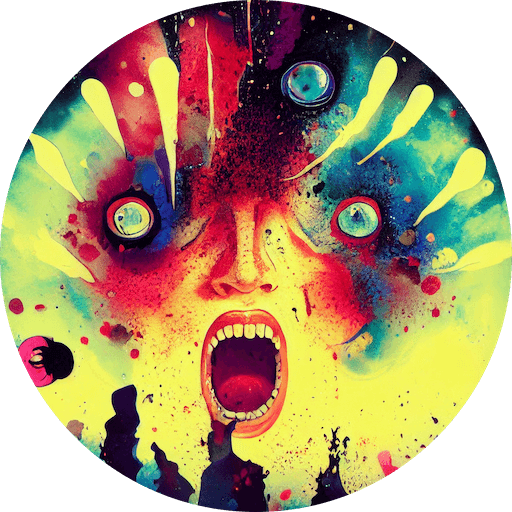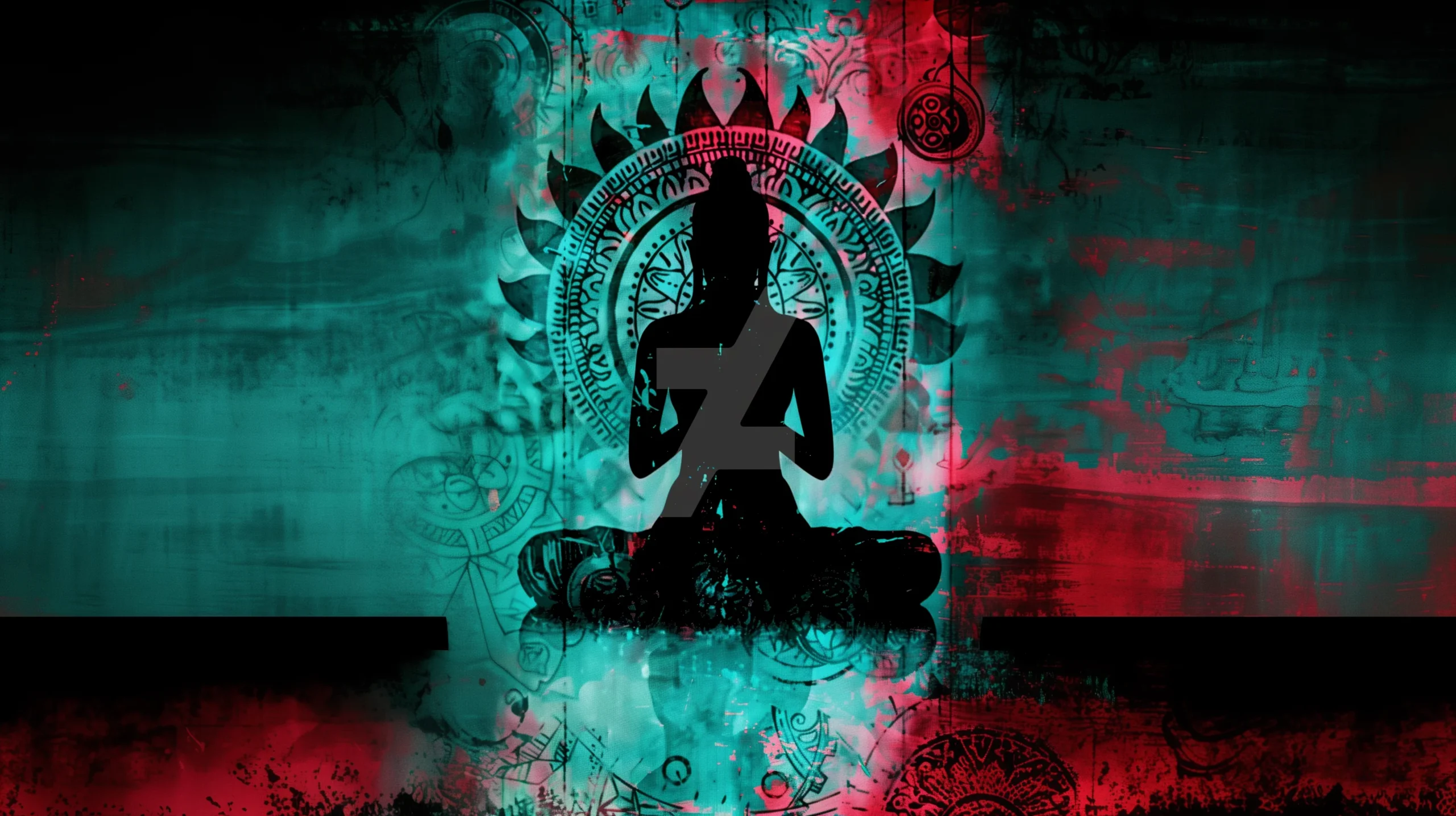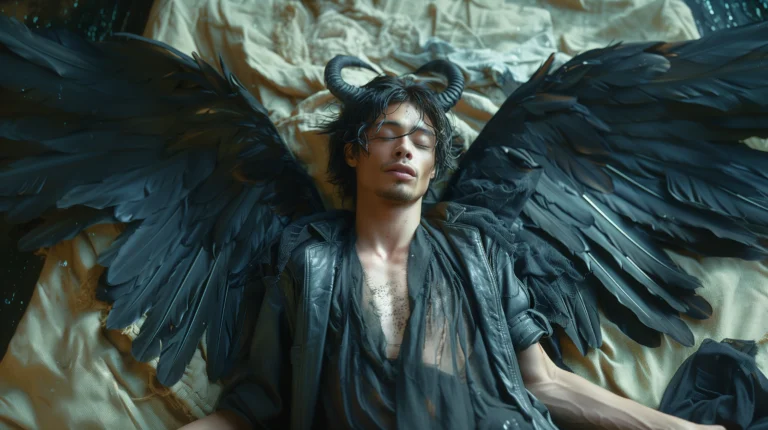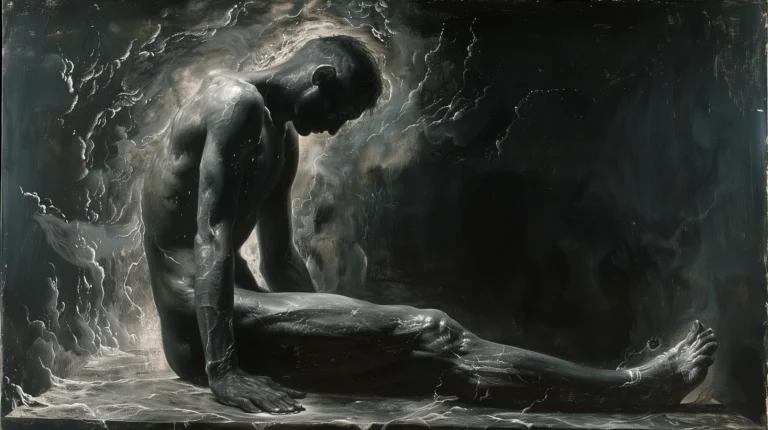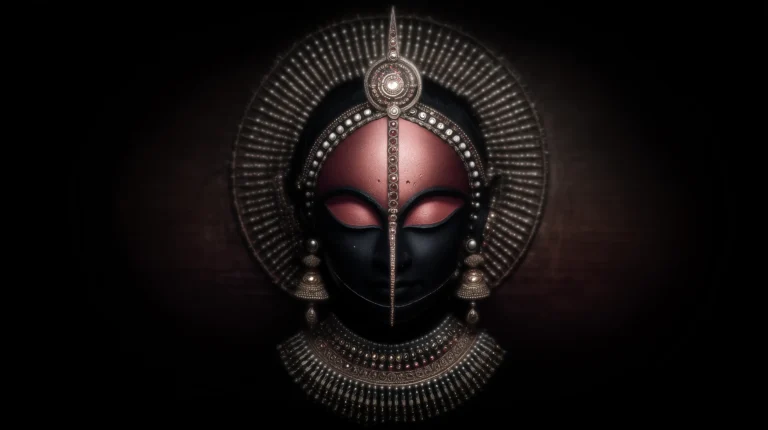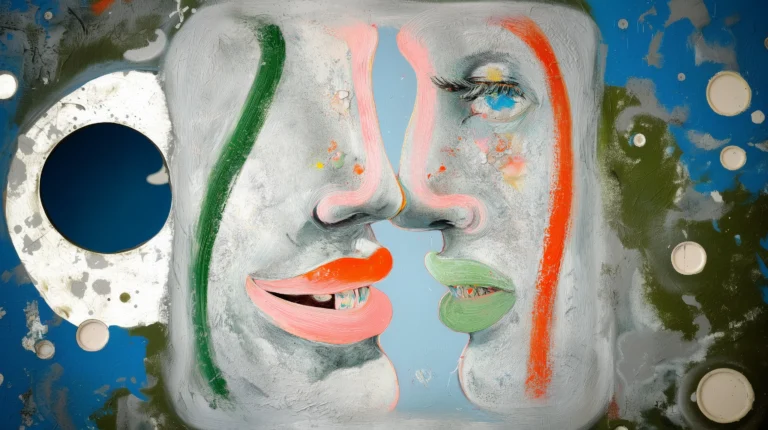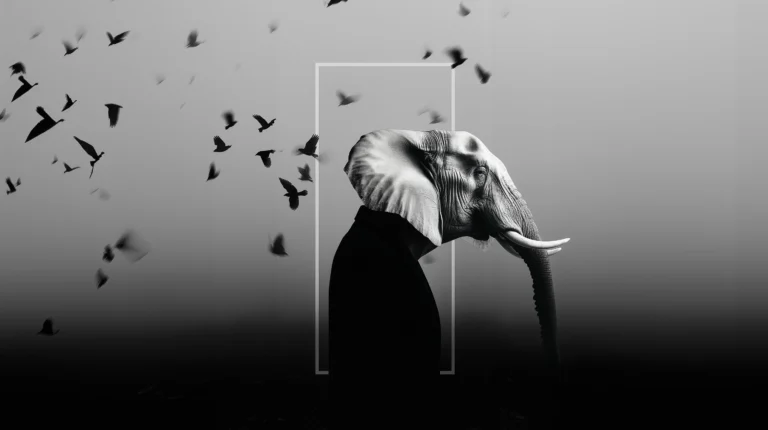Mother of Eons
Begin where language fails. Adi Shakti is the unoriginated power that precedes all maps. Before gods, before qualities, before the first thought, there is living capacity. When that capacity shows itself through names, it becomes the mother of forms. Myth is the grammar of this showing.
The Greeks called one stream of that power Hera, queenly presence. Her bird is the peacock. The tale says the eyes of Argus were set in its tail after his death, so the bird became a moving field of sight. The symbol is exact. Beauty here is not decoration. It is authority that comes from awareness. The tail fans out as a thousand pupils. Pride is the temptation within that radiance. Vigilance is its correction. In psychology the peacock displays a costly signal. It announces fitness even while burdened by weight and visibility. Healthy pride affirms worth and takes responsibility. Hubris seeks applause and becomes blind. One image holds both paths.
Another stream of the same power appears as Chinnamasta, the self decapitated goddess. She stands upon Kāma and Rati, life force in union. She holds her own head in the left hand and drinks the middle jet of blood while the two side streams feed her attendants, one rajas, one tamas. The image is severe yet coherent. Life feeds life. The head can be given when clinging ends. The body becomes altar and offering in one movement. In tantric Buddhism she appears as Chinnamunda or as a form of Vajrayogini. Stories of adepts cutting the head in vision or miracle do not aim at gore. They aim at precision. What is severed is the tight knot of self fixation. What remains is lucid energy that nourishes others.
Modern psychology gives language that meets these images without reducing them. The “head” is the self model that the brain constructs from memory, prediction, and social mirrors. When identification with that model softens, people report decentering. In meditation research this often correlates with reduced dominance of the default mode network and increased present centered attention. The act is not annihilation of personhood. It is a shift from possession by narrative to service through awareness. Chinnamasta is this shift as icon. Hera’s peacock is its continuous guard. One image cuts the crown of self. The other keeps the eyes open.
Now set these figures inside a number that returns again and again at the level of structure. Twenty four. In Sāṃkhya there are twenty four tattvas that constitute manifest nature. Purusha stands apart as witness, so the field of becoming is counted as twenty four. Chinnamasta belongs to this field as power that shapes and dissolves forms.
In early Buddhist Abhidhamma the Paṭṭhāna enumerates twenty four conditions that link events. That list is an analytic mirror to the peacock’s tail. So many relations, so many eyes. In civic symbol the Ashoka Chakra carries twenty four spokes for the turns of dharma.
In the body there are twenty four hours that govern circadian rhythms, mood regulation, and cognitive performance. In contemporary positive psychology the VIA framework names twenty four character strengths clustered under six virtues.
When sight matures, the “eyes” of the tail become these strengths in action. Curiosity, self control, fairness, love of learning, gratitude. The count holds across metaphysics, ethics, physiology, and culture. Twenty four is not magic. It is a pattern humans return to when they try to map a complete cycle of condition and response.
Seen through this lens, Hera and Chinnamasta are not opposites. They are two necessary corrections within the same world.
Hera names order, covenant, and watchfulness. She reminds a mind tempted by scattered impulses that vows matter. Chinnamasta names fearless generosity. She reminds a mind tempted by status that the point of power is nourishment.
Together they describe a discipline of attention. Hold the gaze that sees through pretense. Cut the grasp that feeds on the gaze. Beauty without vigilance corrodes into vanity. Severity without love starves the world. The living balance is sacrifice that renews and sight that guides.
Return again to twenty four as cycle. A day turns. The organism sleeps and wakes. Hormones rise and fall. Attention is not the same at dawn and at dusk. Leadership studies show that performance follows these rhythms, and that regulation plus recovery prevents pride from tipping into depletion. Map this back onto the icon. You cannot hold the fan of the peacock open all the time. You cannot live forever in the cut. The spiral demands alternation. Show. Withdraw. Act. Empty. Feed others. Be fed by the real.
This brings the Buddhist insight into crisp relief. Things arise through conditions. No entity stands alone. The peacock’s thousand eyes are the net of causes. The severed head is the refusal to crown any single story as absolute. Emptiness is not a void. It is the openness that allows relation and renewal. From that openness compassion becomes a natural action, not a performance.
Now close the circle where we began. Before Hera. Before Chinnamastā. Before twenty four. There is the Nameless, what the Tao Te Ching calls the beginning of heaven and earth. When the Nameless shows itself as world, it is the Named, the mother of the ten thousand things. In Shakta terms, call that mother Adi Shakti: at once the formless ground and the creative power. The peacock and the severed head are her precise teachings, vigilance and surrender, showing how form serves for a time and returns.
Walk the spiral once more. From the nameless, names. From names, duties and displays. From vigilance, the seeing of limits. From the cut, release into service. From service, renewal of order without pride. From the renewal, a quiet that remembers its source. Speak when needed. Be silent when speech would reduce. What remains is a living clarity that looks out through many eyes and refuses the crown that would close them.
Eternal Mother wakes Eternal Father.
Each eon a son.
The new releases the old.
Mother draws the son into night,
and the son is reborn.
Let the old go.
Receive the new.
No judgment. No shame.
Hold the dark until it ripens as light.
All is not two.
“Eternal Mother and Eternal Father move as one; each eon born, released, returned; let go, receive, no judgment, no shame; darkness ripens to light; all is not two. It is the Divine Feminine force that carries you through your toughest challenges.”
Mother wakes Father.
Eon by eon, a son.
The new frees the old.
Night gathers.
The son returns as dawn.
Let go.
Welcome.
No judgment. No shame.
Dark ripens to light.
Not two.
I take refuge in you, until I become you.
You and I are one.
You and I are not two.
All is not two.
Enjoy the game.
Enjoy the play.
101 grammar.
Breathe.
Dukkha.
Dukkha is fuel.
Dukkha, dukkha, dukkha.
Mother of Buddha.
I take refuge in you.
Until I enter the darkness.
Gone, gone, gone.
Beyond.
Emptiness.
Tara.
Mother of Liberation.
Finish.
End.
Tired.
Beyond.
Silence.
Tara.
Shhhhhhhh.
We suffer ourselves; no one compels.
Don’t push, don’t force.
Observe.
Wave in, let it go.
Compassion for myself.
I did my best.
Beyond, beyond.
Gone beyond.
Tara. I am Tara.
Namo, namo to myself.
Emptiness.
Gone beyond.
Visions of the Divine Feminine.
Chhinnamasta.
Way 745.
Control, Release, Surrender.
Silence.
